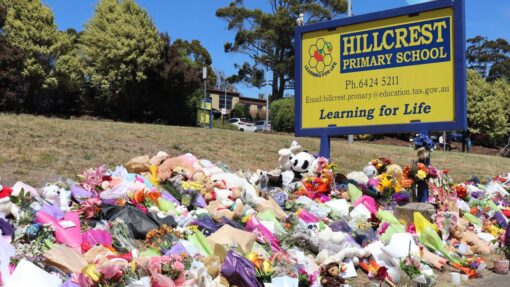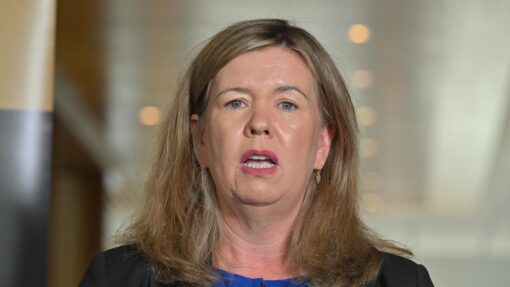Be prepared: north told to brace for spring bushfires
Alex Mitchell |

Large parts of northern Australia are being warned to prepare for worse-than-usual bushfire conditions for the coming months.
The latest seasonal bushfire outlook, for spring, found unseasonal rainfall in Queensland and the Northern Territory had lifted fuel loads and raised fire danger as a consequence.
Parts of western Victoria and eastern South Australia are also at an increased risk of an early start to the fire season, while authorities have warned Tasmania could follow suit if warm and dry conditions continue.
The forecast, released by national fire and emergency services council AFAC on Wednesday, followed the hottest August on record across Australia.
An increased fire risk in southern and central Queensland has been driven by parched grasslands caused by winter frosts and dry winds.
AFAC chief executive Rob Webb said climate change had lengthened the bushfire season in a number of regions but spring was the typical peak for northern areas.
“There’s no doubt through the changing climate, our fire seasons are getting longer but the typical peak of the fire season in northern Australia is this time of year, that August and into-September period, and it works its way south into the summer months,” he told AAP.
“But the key thing is, a normal season still means bushfires in Australia and whether it be spring or into the summer months, it’s an important time for people to be prepared.”

The council found an increased chance of above-average spring rainfall in NSW, Queensland, eastern Tasmania and far-southeast SA.
Large parts of Western Australia are expected to see below-average rain.
A number of heat records have fallen in recent weeks, including Australia’s hottest winter temperature being set at Yampi Sound, northeast of Broome in WA, on August 26.
The 41.6C high eclipsed a 41.2C record also set in WA in August 2020.
A top of 40C in the NT’s northwest set a new August record, while SA broke its record on August 24 when the mercury reached 39.4C at Oodnadatta – almost 3C higher than a record set in 1946.
Widespread bushfires have already broken out in several states, including dozens of blazes in NSW during the period of unseasonal heat.
Mr Webb said the hot conditions in the lead-up to spring helped create ideal conditions for fires to spread.
“Anytime vegetation is put under strain, if you get particularly warm or dry conditions, that dries out and evaporates, so it’s easier for any fires that do start to take hold a bit quicker,” he said.
“It will tend to dry the fuels out a little bit more and that’s what we need for a bad fire season, something to burn.”
Hot conditions are predicted to continue through spring.
The council found maximum and minimum temperatures are likely to be above average through the season, with northern and southeastern Australia both a high chance of experiencing unusually high maximums.
AAP


